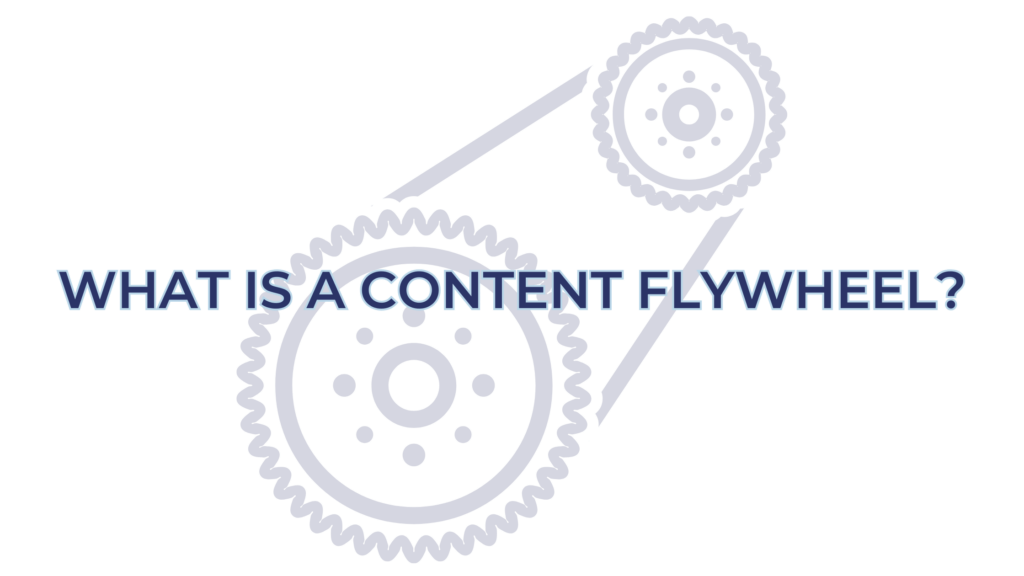
What is a Content Flywheel?
UN Content Flywheel is a strategy that focuses on building continuous momentum by repurposing and redistributing content across various platforms. Unlike the traditional marketing de contenu funnel, which tends to be more linear and focused on one-time interactions, the flywheel model emphasizes using each piece of content to generate more, thereby driving sustained audience engagement and long-term growth.
In the flywheel approach, a core piece of content—such as a long-form article, whitepaper, webinar, or research report—is created and then broken down into smaller, more digestible pieces. These pieces can be adapted to suit different platforms and audience preferences, creating a self-reinforcing cycle of distribution de contenu.
How the Content Flywheel Works
- Core Content Creation: The process begins by creating a robust, high-quality piece of cornerstone content. This content serves as the foundation for the flywheel, and it must be detailed enough to offer multiple angles for repurposing.
- Repurposing into Micro-contenu: Once the cornerstone content is created, it is repurposed into smaller content formats. This could include blog posts, social media snippets, infographics, podcast episodes, or videos. Each of these pieces serves to reinforce the main topic and engages different segments of the audience.
- Cross-Channel Distribution: The micro-content is distributed across multiple platforms, from social media to email newsletters and blog posts. By consistently pushing content to various channels, you ensure that your messaging stays in front of your audience and reaches new potential customers.
- Continuous Optimization: As part of the flywheel process, performance metrics are continually monitored. Insights from these metrics guide future content production, allowing the flywheel to generate even more refined content that resonates better with the audience.
This constant feedback loop is essential to the flywheel’s success, as it ensures that the content keeps gaining momentum and reaching a broader audience. According to content marketing experts, the flywheel emphasizes long-term relationship building rather than one-time content campaigns.
Why is the Content Flywheel Important?
- Scalability: The flywheel approach allows businesses to scale their content production by reusing existing material in innovative ways. This reduces the burden of always having to create new content from scratch while maintaining a high level of consistency across platforms.
- Maximizes ROI: By repurposing cornerstone content into multiple formats, the content flywheel helps companies maximize their return on investment (ROI). Instead of investing time and resources into one piece of content that delivers value once, the flywheel ensures that each piece continues to deliver value over time.
- Consistent Audience Engagement: The flywheel model ensures that your brand stays top of mind with your audience. Because content is continuously repurposed and distributed, there are more touchpoints and opportunities to engage with potential customers.
- Long-Term Growth: Unlike the traditional marketing funnel, which focuses on short-term results, the content flywheel is designed for sustained, long-term growth. As content continues to generate momentum, it drives more traffic, leads, and conversions over time.
Best Practices for the Content Flywheel
- Start with High-Quality Core Content: The flywheel begins with a strong foundation of content. Invest time and resources into creating high-value, comprehensive content that can be easily broken down into smaller pieces for various channels.
- Repurpose for Multiple Platforms: Tailor your repurposed content to suit the specific audience of each platform. For example, short social media snippets can drive traffic to a longer blog post or video content, creating synergy between your platforms.
- Leverage Multimedia: Incorporating multimedia elements such as video, podcasts, and infographics can enhance the flywheel’s effectiveness. Different formats cater to different audience preferences and help expand your reach.
- Analyze and Iterate: Continuously monitor how your content performs across channels. Use data analytics to refine your approach, identifying which formats and platforms yield the best results, and iterate accordingly.
Working with a Content Agency
A content agency can help streamline the content flywheel process by identifying the most effective cornerstone content, managing repurposing efforts, and ensuring consistency in messaging. Agencies are also skilled at optimizing distribution and analyzing performance, ensuring that your content continues to drive growth over time.
By partnering with a content agency, you can maximize the effectiveness of your flywheel, creating a sustainable, long-term content marketing strategy that keeps your brand relevant and engaging for your audience.
The content flywheel is a forward-thinking strategy that allows businesses to build momentum through continuous content creation, repurposing, and optimization—leading to compounding returns and lasting success.
